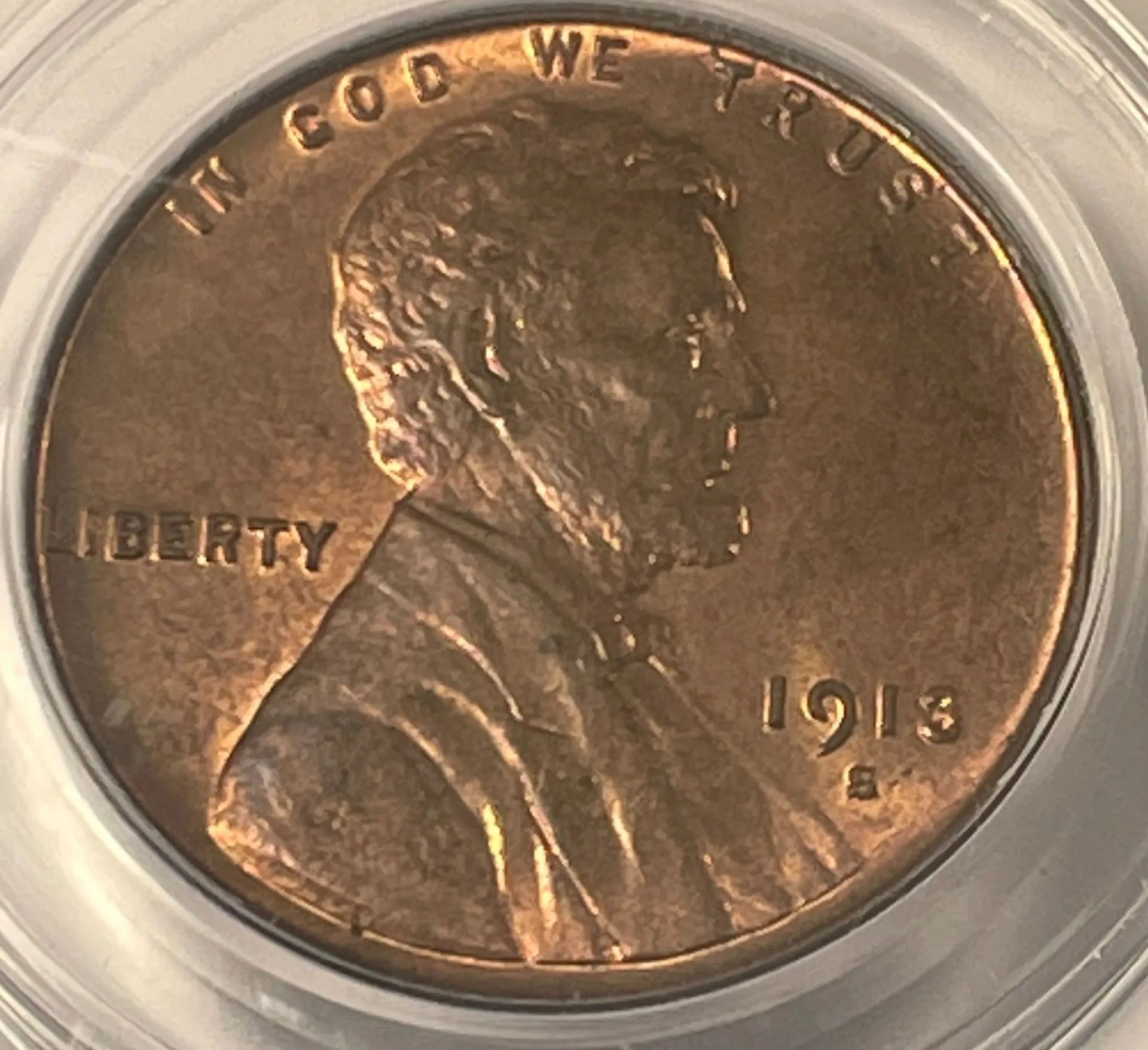Ever rummage through your spare change and stumble upon a wheat penny? Could this seemingly ordinary coin be worth more than a single cent? You might be surprised! While most wheat pennies (minted from 1909 to 1958) are worth face value, or just a few cents over, some can be quite valuable. Discover the hidden treasures lurking in your pocket change: certain wheat pennies are worth hundreds, even thousands, of dollars. This guide will equip you with the knowledge to identify, value, and preserve these little pieces of numismatic history. Think of it as your own treasure map to discovering hidden riches—from key dates and mint marks to fascinating error coins. Let’s embark on this exciting numismatic adventure!
Pinpointing Valuable Pennies: Key Dates and Mint Marks
A wheat penny’s value often hinges on its “pedigree”—its date and mint mark (the small letter indicating where it was minted). Certain dates and mint marks are scarcer, simply due to lower mintage figures. Rarity, as any collector knows, often translates to higher value. Unlock the secrets of wheat penny values: Learn to identify rare dates, mint marks, and errors that significantly increase their worth.
For example, the 1909-S VDB penny, with a tiny “S” (for the San Francisco mint) and the initials of the designer (Victor David Brenner), is highly sought after. The 1922-D “No D” penny, mistakenly struck without the “D” mint mark (Denver), is another rare find. This table highlights some key dates and their approximate values in different grades:
| Date/Mint Mark | Good | Fine | Extremely Fine | Uncirculated |
|---|---|---|---|---|
| 1909-S VDB | $75 | $300 | $900 | $4,000+ |
| 1909 VDB Proof | $2,500 | $8,000 | $20,000+ | $50,000+ |
| 1914-D | $2 | $8 | $25 | $100+ |
| 1922-D (No D) | $500 | $2,000 | $6,000 | $20,000+ |
| 1926-S | $1 | $4 | $15 | $50+ |
| 1931-S | $0.50 | $2 | $7 | $30+ |
Note: These values are estimates and can vary. Always consult a reputable price guide like the “Red Book” (A Guide Book of United States Coins) for up-to-date information.
Remember, deeper research into mintage figures can reveal other potentially valuable wheat pennies. Beyond these key dates, some pennies gain value due to striking errors.
Lucky Mistakes: Error Coins
Imperfections can be a collector’s dream. Errors during minting can create unique, highly valuable coins. Here are some notable wheat penny errors:
1943 Copper/Bronze Pennies: Most 1943 pennies were made of steel due to wartime copper shortages. However, a small number were mistakenly struck in copper/bronze. These include the 1943-D Bronze and the ultra-rare 1943-S Bronze. Their rarity makes them exceptionally valuable.
1944 Steel Pennies: The reverse of the 1943 error occurred in 1944, with a few steel pennies (including 1944-D Steel and 1944-S Steel) slipping through production.
Doubled Die Pennies: A doubled die creates a blurry, double-exposed image. The 1955 Doubled Die and the 1958 Doubled Die are highly sought after.
Coin Condition: Grading Matters
A coin’s condition dramatically impacts its value. Numismatists use a standardized grading system, ranging from “Good” (well-worn) to “Uncirculated” (pristine). Familiarize yourself with grading terminology to assess your pennies’ condition accurately.
The Hunt Begins: Where to Find Wheat Pennies
Ready to start your search? Here are some places to look:
Circulation (Pocket Change, Coin Jars): While finding a rare penny in circulation is unlikely, it’s not impossible!
Dealers: Coin dealers offer a wide selection and expert advice.
Online Marketplaces (eBay, etc.): Exercise caution and buy from reputable sellers only.
Auctions: Auctions offer the potential for finding valuable pennies at competitive prices. Research beforehand is essential.
Inherited Collections: Family heirlooms can sometimes hold numismatic treasures.
Assessing Value & Selling
Think you’ve found a valuable wheat penny? The “Red Book” and reputable online resources provide price guidelines. Coin dealers can also offer appraisals and purchase your coins. Online marketplaces and auctions are other selling venues. Always get multiple opinions on a coin’s value, especially for rare finds.
Preservation: Handling and Storage
Avoid harsh cleaning! It can damage a coin’s surface and decrease its value. Consult a numismatist before cleaning potentially valuable coins. Store your wheat pennies in airtight containers or coin albums to protect them from damage.
Debunking Myths
Not all wheat pennies are valuable. Condition and rarity are paramount. Don’t believe claims of guaranteed riches from every old penny.
Conclusion
The hunt for valuable wheat pennies combines the thrill of discovery with a glimpse into American history. Turn your spare change into a windfall: This comprehensive guide reveals the most sought-after wheat pennies and their current market values. While finding a fortune in your pocket change is a long shot, the journey of discovery is rewarding in itself! So, grab your magnifying glass and embark on your own wheat penny adventure today. And hey, while you’re at it, why not check out some witty bowling team names for a little extra fun?
- Discover Long Black Pepper: Flavor & Health Benefits - April 25, 2025
- Shocking Twists: The Grownup Review: Unreliable Narration - April 25, 2025
- A Quiet Place Book vs Movie: A Deep Dive - April 25, 2025
















